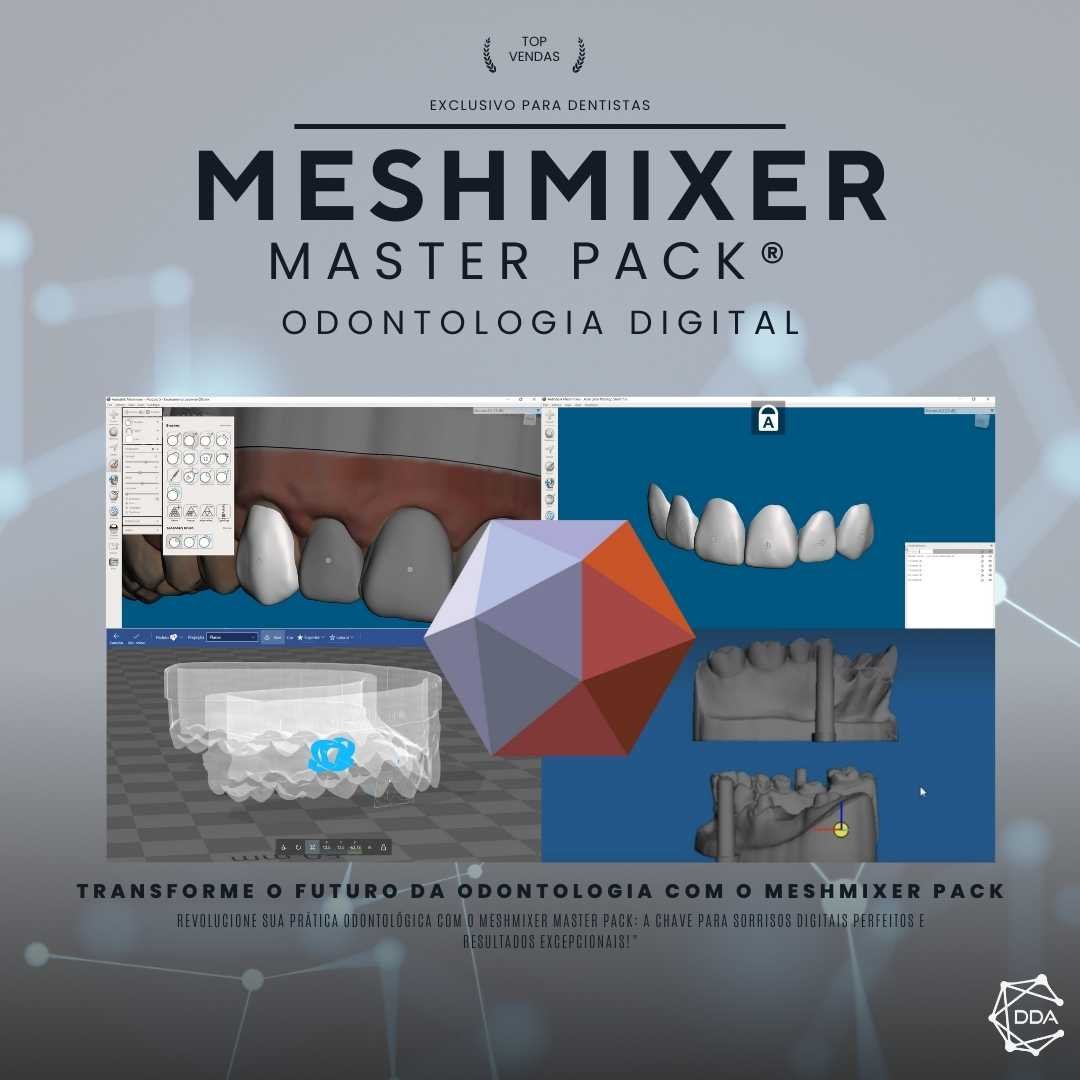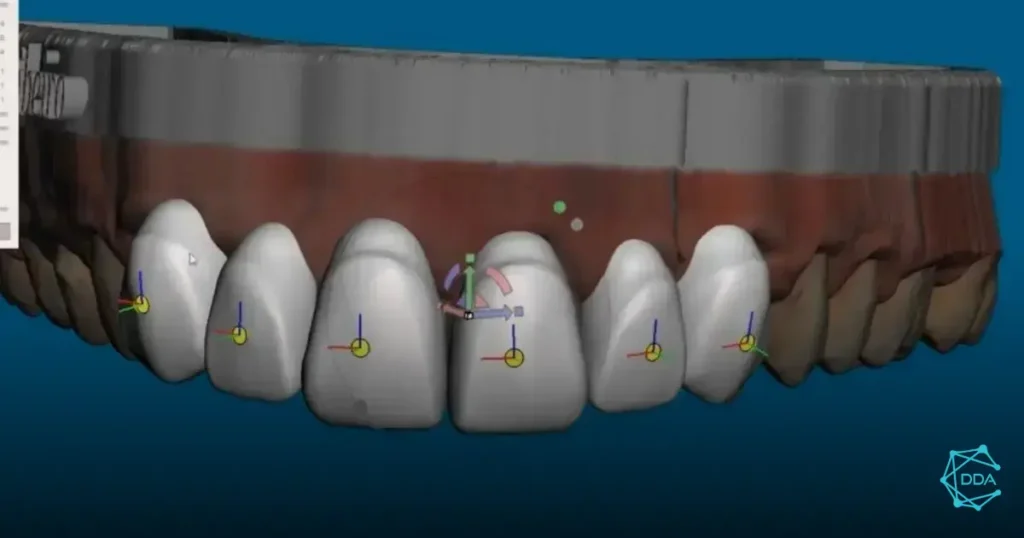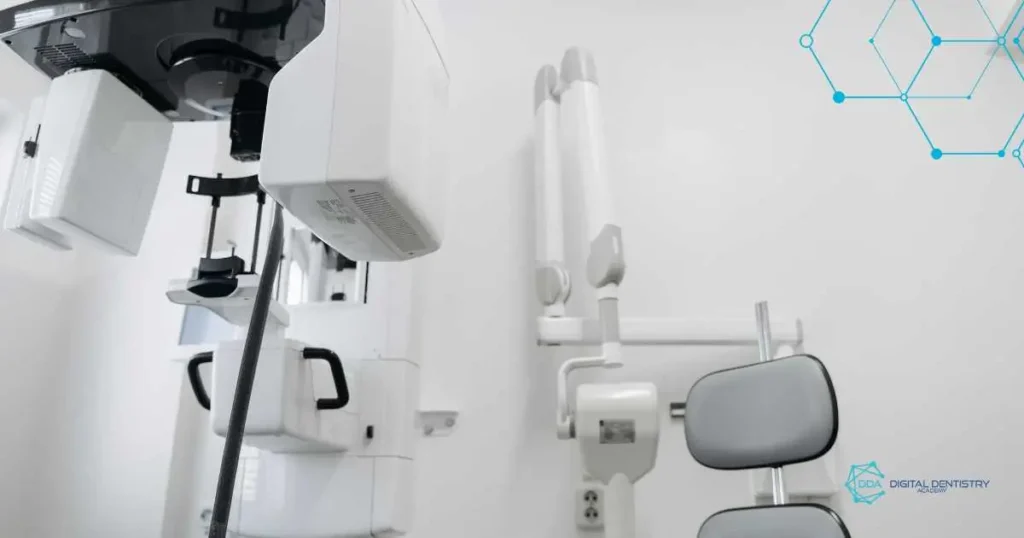O digital dental treatment is transforming the way dentists care for their patients. With advanced technologies, this method offers a series of benefits that improve both the patient experience and the results of procedures. In this article, we will explore the main advantages of digital dental treatment and how it can optimize oral health care.
Accuracy in Diagnostics
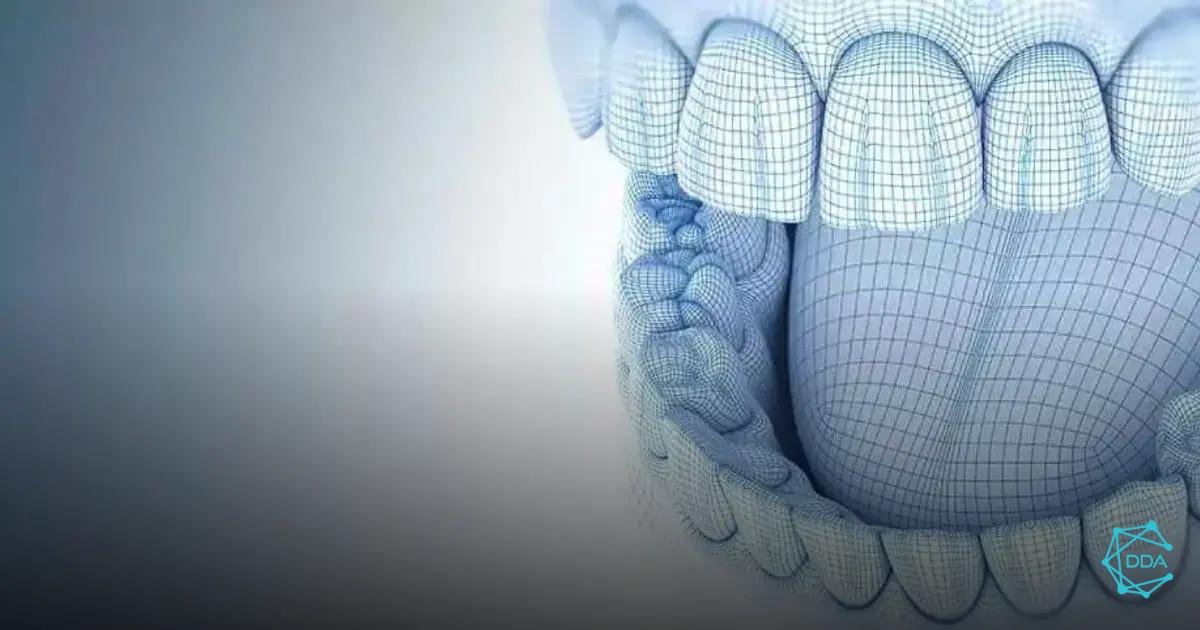

A accuracy in diagnoses is one of the biggest advantages of digital dentistry. Using technologies such as digital radiography and intraoral scanners, dentists can obtain detailed, high-resolution images of the patient's mouth.
These tools allow for a more detailed analysis of dental structures, making it easier to identify problems such as cavities, infections and anomalies in the dental arch. In addition, digital radiography reduces radiation exposure compared to traditional methods, ensuring greater patient safety.
Another benefit is the ability to make faster and more accurate diagnoses. With digitalization, dentists can access and share information in real time, allowing for more efficient treatment planning. This results in faster care that is focused on the specific needs of each patient.
Furthermore, digital documentation of diagnoses provides a complete medical history, facilitating monitoring and continuity of treatment over time. This allows professionals to assess the patient's progress and adjust approaches as necessary.
Comfort and Agility in Service


O comfort and agility in service are essential aspects that digital dental treatment provides to patients. With the use of advanced technologies, procedures are performed more quickly and efficiently, minimizing the time the patient spends in the office.
For example, intraoral scanners eliminate the need for traditional impressions, which can be uncomfortable and time-consuming. With this technology, the dentist can capture digital images of the patient’s mouth in a matter of minutes, making the process more pleasant and less invasive.
Furthermore, the agility provided by the digitalization of treatments allows dentists to perform more appointments in a single day. This not only improves the patient experience, but also increases the efficiency of the practice, allowing for better management of time and resources.
Another important point is the reduction of patient anxiety. With faster and more comfortable procedures, the experience at the dentist becomes less stressful, which is especially beneficial for those who are afraid of dental treatments.
In short, digital dental treatment not only improves patient comfort, but also ensures faster service, resulting in a more positive overall experience in the office.
Personalized Planning
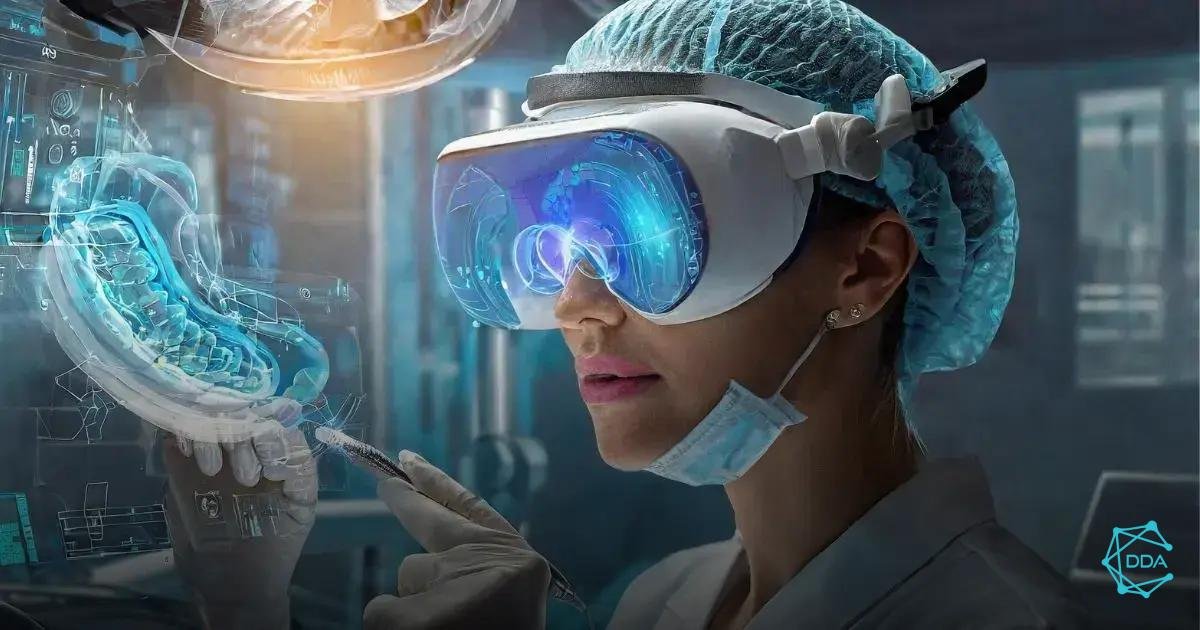

O personalized planning is one of the great advances provided by digital dental treatment. With the use of advanced software and digital images, dentists can create tailored treatment plans for each patient, taking into account their specific needs and conditions.
This type of planning allows for a detailed analysis of the patient’s oral situation. This allows the dentist to identify the best therapeutic approaches and predict the results of each procedure. This personalization not only improves the effectiveness of the treatment, but also increases patient satisfaction with the final result.
In addition, digital planning enables 3D simulations, where the patient can visualize the expected result before starting treatment. This visualization helps align expectations and make the patient an active part of the process, increasing their engagement and confidence in the decisions made.
Another benefit is the integration of multiple specialties. Dentists can easily collaborate with other professionals, such as orthodontists and periodontists, to develop a comprehensive plan that addresses all of the patient’s needs, resulting in more complete and effective treatment.
In short, personalized planning, facilitated by digital dental treatment, guarantees more accurate and satisfactory results, in addition to promoting a better experience for the patient throughout the treatment process.
Real-Time Monitoring
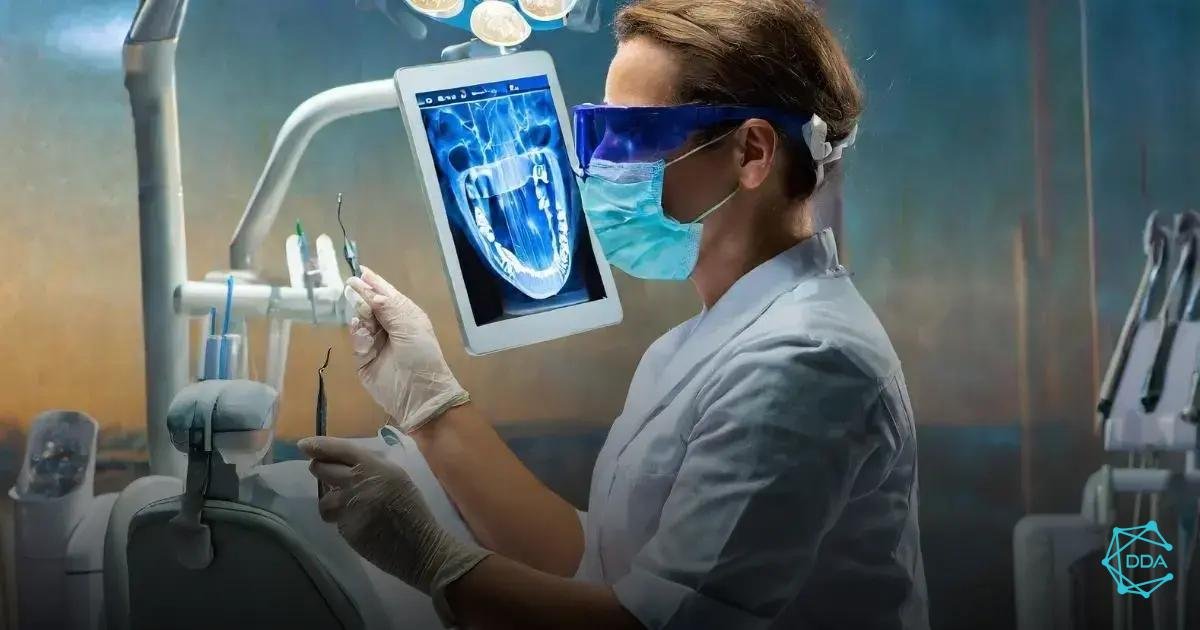

O real time monitoring is a significant innovation that digital dental treatment brings to clinical practice. Using technologies such as management software and monitoring platforms, dentists can monitor the progress of their patients' treatment continuously and accurately.
With these tools, it is possible to record each stage of treatment digitally, allowing both the dentist and the patient to have access to up-to-date information on progress. This not only improves communication between the parties, but also allows for immediate adjustments to the treatment plan if necessary.
Additionally, patients can be reminded of their appointments and treatments through automatic notifications, ensuring they don’t miss important appointments. This digital integration increases treatment adherence and helps avoid delays that could compromise results.
Another important aspect of real-time monitoring is the ability to perform teledentistry. In cases where the patient cannot attend the office, virtual consultations can be scheduled, allowing the dentist to monitor the oral situation and offer guidance without the need for travel.
Thus, real-time monitoring not only improves treatment efficiency, but also provides a more interactive and personalized experience for the patient, promoting continuous and effective care.
Human Error Reduction
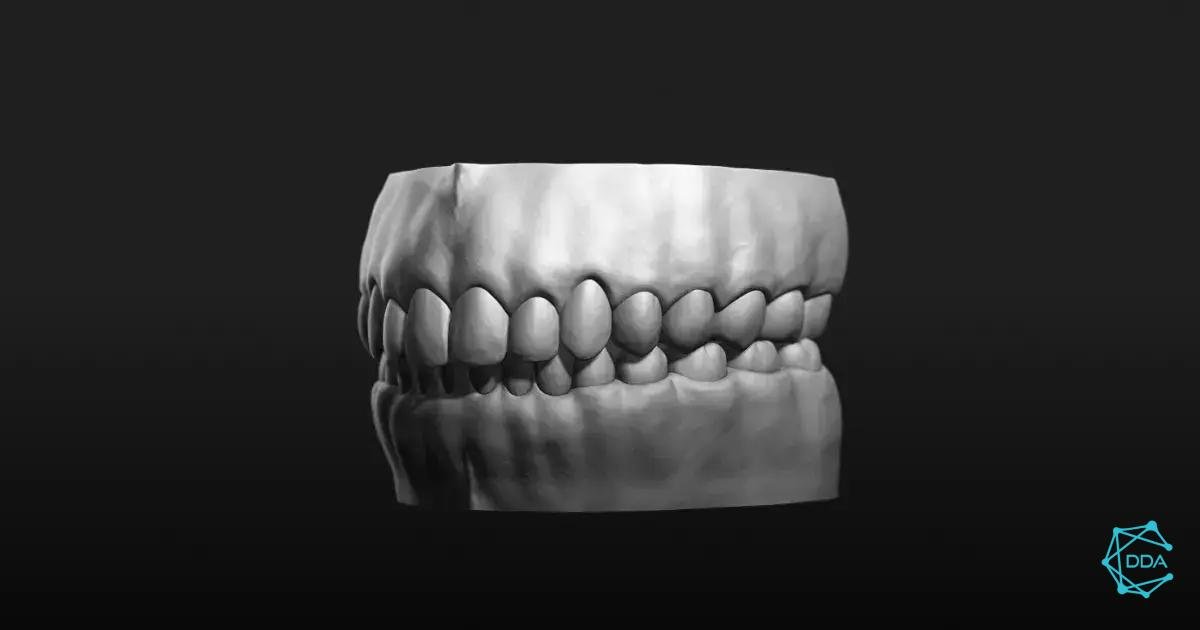

A reduction of human errors is one of the most significant advantages of digital dental treatment. The use of advanced technology in dental practice not only improves the accuracy of diagnoses but also minimizes the likelihood of errors during procedures.
With digital systems such as intraoral scanners and planning software, dentists can obtain more precise images and data, which contributes to a more accurate assessment of a patient’s oral condition. This precision helps to avoid incorrect diagnoses and inappropriate treatments, ensuring that decisions made are based on reliable information.
Furthermore, automated processes, such as 3D printing of prosthetics and orthodontic appliances, reduce the margin of error that can occur with manual methods. This automation not only improves the quality of the parts produced, but also speeds up delivery time, providing the patient with a more efficient and satisfactory result.
Another factor that contributes to reducing errors is digital documentation. Electronically recording patient data and treatment plans allows important information to be easily accessed and reviewed, minimizing the chance of forgetting crucial details between appointments.
In short, implementing digital dental treatment not only improves the quality of care, but also reduces the occurrence of human errors, resulting in safer and more effective treatments for patients.


